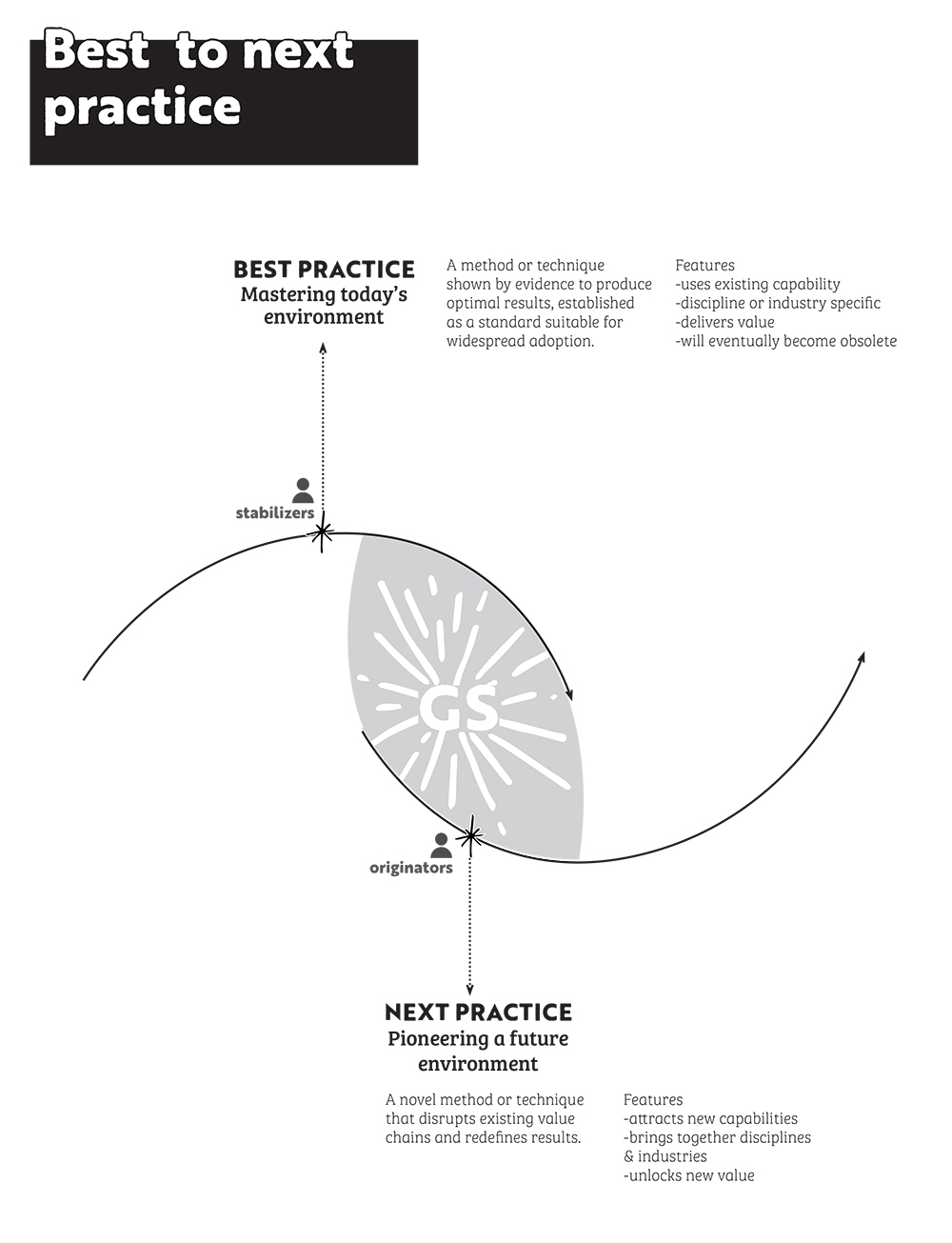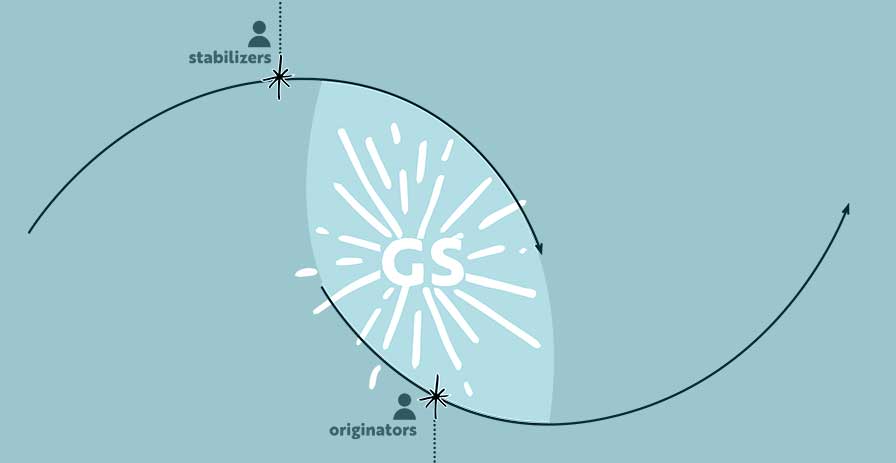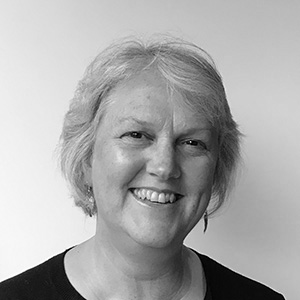Categories
With this view, it is no surprise that the three voices of judgment, cynicism and fear show up – either explicitly or implicitly. In discussions about social research discoveries and design thinking, we regularly hear statements such as, “You don’t understand” “It’s just not that simple or easy” “The people we serve like what we do – you can’t disrupt their routines” “We’ve tried that before and it didn’t work” “I work really hard, but my work is not valued.” Sometimes the unexpressed fears are the most challenging: “I/we might not be able to make these changes” “We will fail and be humiliated” “We will cause harm to the people we serve” “We will lose our jobs.”
Most of our current ways of conceptualizing and delivering services in the social sector have arisen over time and are well established, consistent, predictable and somewhat stable. It is very helpful to have this consistency in roles, responsibilities and accountability. Hopefully, most of what we do day-to-day is either best practice (with replicable practices and results time after time) or good practice (solid, evidence informed, and achieving decent outcomes for most people). However, whatever we are doing now will eventually change. We can see ample evidence of this in our sector’s history – and probably in our own personal history as service providers, program managers and agency leaders. Simply put, nothing is forever.
Introducing living and dying systems
So, while it is important to have sustaining, consistent systems that keep things going day-to-day, we also have to keep scanning the horizon to see what might lie ahead, and intentionally step out of the legacy systems to learn, explore, experiment and generate the next practice. This dynamic of co-existing current and emergent systems is reflected in Berkana Institute’s Two Loops or Living and Dying Systems model.

The first bridge to build is from current systems into the pioneering spaces of emergent systems. While the current system continues on, those of who are interested in emergent and next practice spend time in the bottom loop asking questions such as,“What’s going on for the people served (or not served) by current social care systems?” “What is most challenging?” “What do people aspire to have happen in their lives?” “What might be?”
While we are connected in to current systems, we are also finding others who are curious about similar questions. We engage in research, development, design and prototyping to see what might make a positive difference. Eventually, a few of these ideas will rise to the top and offer a better alternative to current ways of doing the work. Another bridge is built to invite people who have been operating within the current system into the emergent system as it begins to be structured and stabilized. As we do this, we learn from and honour what has gone before, while keeping a clear focus on the future.

